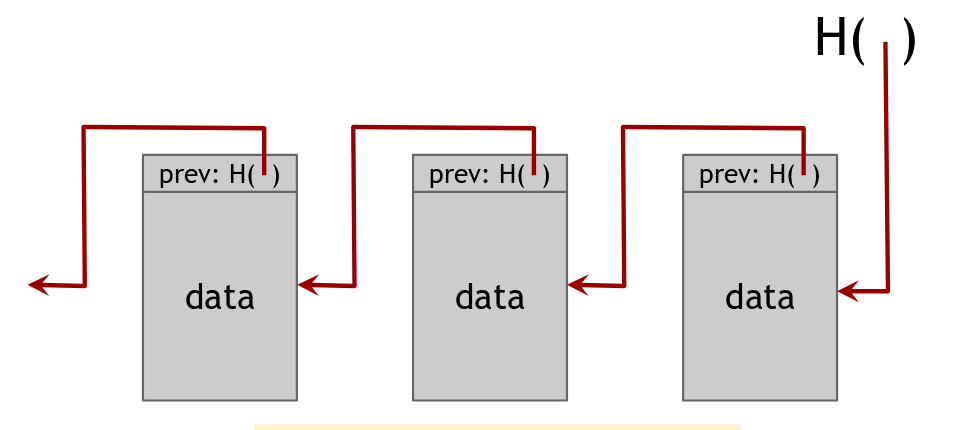I am reading the bitcoin white paper, and I came across the concept of timestamp servers in it. Unfortunately the description of the usage of a timestamp server leaves me with more questions. And unfortunately googling has not helped much.
The paper has this:
The solution we propose begins with a timestamp server. A timestamp server works by taking a hash of a block of items to be timestamped and widely publishing the hash, such as in a newspaper or Usenet post [2-5]. The timestamp proves that the data must have existed at the time, obviously, in order to get into the hash. Each timestamp includes the previous timestamp in its hash, forming a chain, with each additional timestamp reinforcing the ones before it.
Okay I have questions:
What is the format of the artifacts published by a timestamp server? Is it like an hash? or signature? or something else? How is the date attached to such an artifacts?
Each timestamp includes the previous timestamp in its hashHow is it possible to include a previous timestamp in another timestamp? Does timestamp have some form of verifiable identity? How does this look like?Where does a timestamp server publishes to? A URI of some sort?
Anyone knows an example of a timestamp server? Preferably being used outside the context of bitcoin? I ask this so as to better get a feel of how timestamp server works and used.



